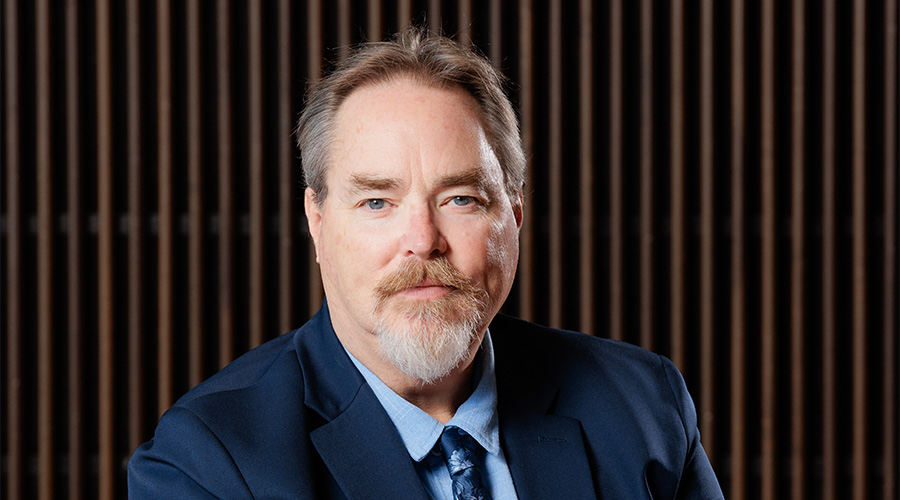Options to Explore When LEED EB O&M Certification Not Possible
The LEED process is laborious and time-intensive, but it gives managers and their departments the benefit of third-party verification that an operation is truly green. Managers often have questions about steps they can take if their budgets will not allow full certification. In such situations, managers still can use the LEED framework to identify readily achievable tasks that can minimize the environmental footprint of their operations.
Managers can consider several low- or no-cost LEED requirements that still provide value, even if the department never pursues full certification. The lowest of the low-hanging fruit is green cleaning, which only requires housekeeping personnel to use products that are environmentally friendly, meaning non-toxic, biodegradable, etc. Many cleaning services offer this option for little to no cost over conventional cleaning while still maintaining the same level of performance.
Strategies such as establishing a best-practices programs for indoor air quality and healthy pest management also are relatively quick and easy tactics. Reducing mercury in fluorescent lamps also is easy and inexpensive, but it might require that the department re-lamp everything to use T8 lamps. Even if this is the case, managers will realize an almost immediate payback from the resulting energy savings.
In terms of reducing operating costs, perhaps nothing is more essential than commissioning and metering. Commissioning involves third-party verification of building systems' operation and performance. The initial assessment, as prescribed by LEED's Energy & Atmosphere Prerequisite 1, involves an ASHRAE Level I audit, and it can be inexpensive. The deliverables from the assessment are a building-operations plan and a preventive maintenance plan. They set the stage for efficiency and cost savings.
Metering also plays an important role because it allows front-line technicians to discover inefficiencies between commissioning cycles that can lead to energy waste. A good metering strategy does not have to be expensive and should provide a payback quickly. Meters should be included on all end uses that are major consumers of electricity, natural gas, and water.
For managers uncertain about which systems and components are major energy users, a consultant or commissioning agent can help. This is a process called benchmarking and is covered in the prerequisites and credits of LEED-EB: O&M's Energy and Atmosphere category.
Other low-budget strategies to consider include waste audits, building exterior and hardscape management, and alternative commuting. Although alternative commuting is not a systems operations or maintenance strategy, it is worth up to 15 points, and it is easy to set up carpools, rideshare options, and provide preferred parking for hybrid and electric vehicles.
Managers have a powerful tool at their disposal in improving the sustainability of their departments and operations. LEED-EB: O&M is the most comprehensive rating system available for optimizing operations and maintenance functions. It varies from other LEED rating systems in that it is more of a journey that focuses first on achieving — and then maintaining — a high-level of performance throughout the entire building life.
Ryan T. Evans, P.E., LEED AP BD+C is a mechanical engineer and sustainability consultant for Henderson Engineers Inc., which is headquartered in Kansas City.
Related Topics:














